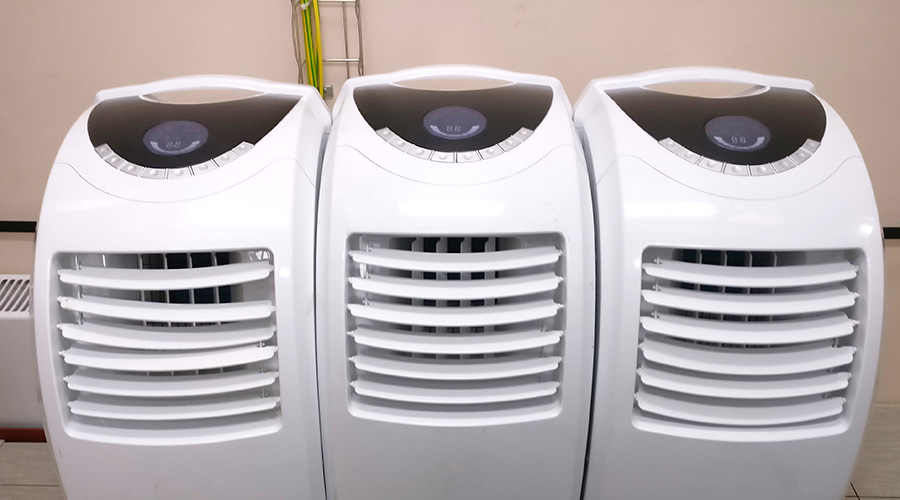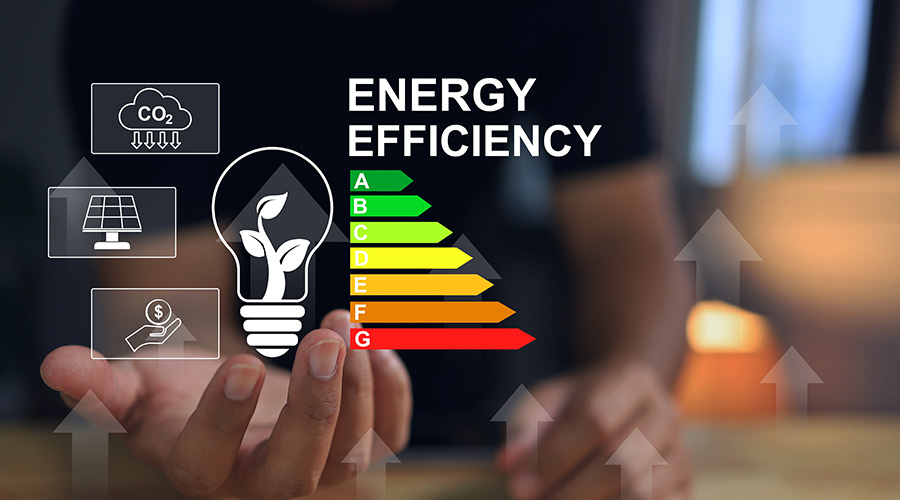Dependable Power Sources
Depending on the level of uptime dictated by the information technology manager, reliability of the system might require multiple dependable sources of power that could include dual electrical service fed from independent power substations, uninterruptible power supplies (UPS), standby power generators, or all the above.
In order for servers and drives to safely shut down, a system that started with a small independent UPS now needs to be upgraded to a centralized system, due to increasing demands and economy.
Uptime requirements might make it necessary to have a standby generator to pick up the power load from the UPS and operate until commercial power returns. This period of time could be hours, days or weeks, depending on the event.
Incorporating a standby generator requires managers to carefully plan and execute the electrical design, fuel storage, fuel maintenance and delivery system, and generator combustion air ventilation and exhaust. Generators are inherently noisy, so managers must determine and control sound levels in order to mitigate disturbances to the surrounding neighborhood, as well as to comply with applicable local noise ordinances.
It also is helpful to have parallel paths of power to the utilization equipment. This service can become very costly, but it is necessary in order to perform maintenance on equipment, such as generators, UPS, transfer switches, and power-distribution units.
Power monitoring helps an operator understand how and where the facility is using power as a way of anticipating where hot spots might occur, as well as monitoring the quality of the power serving the facility. Facilities usually implement power monitoring at multiple levels in the electrical-distribution system.
Power monitors on rack power strips allow monitoring of power use on a per-rack or per-plug basis. Managers can use this information to help determine electrical-system loading and to identify the location of available capacity in anticipation of adding new equipment.
Power monitoring at the main switchgear allows monitoring of overall power use, as well as for power-quality issues. Managers can choose from among software applications with varying levels of sophistication. Their capabilities range from monitoring of common power-system issues, such as voltage swells, sags, and power outages, to waveform capture and analysis.
Related Topics:















